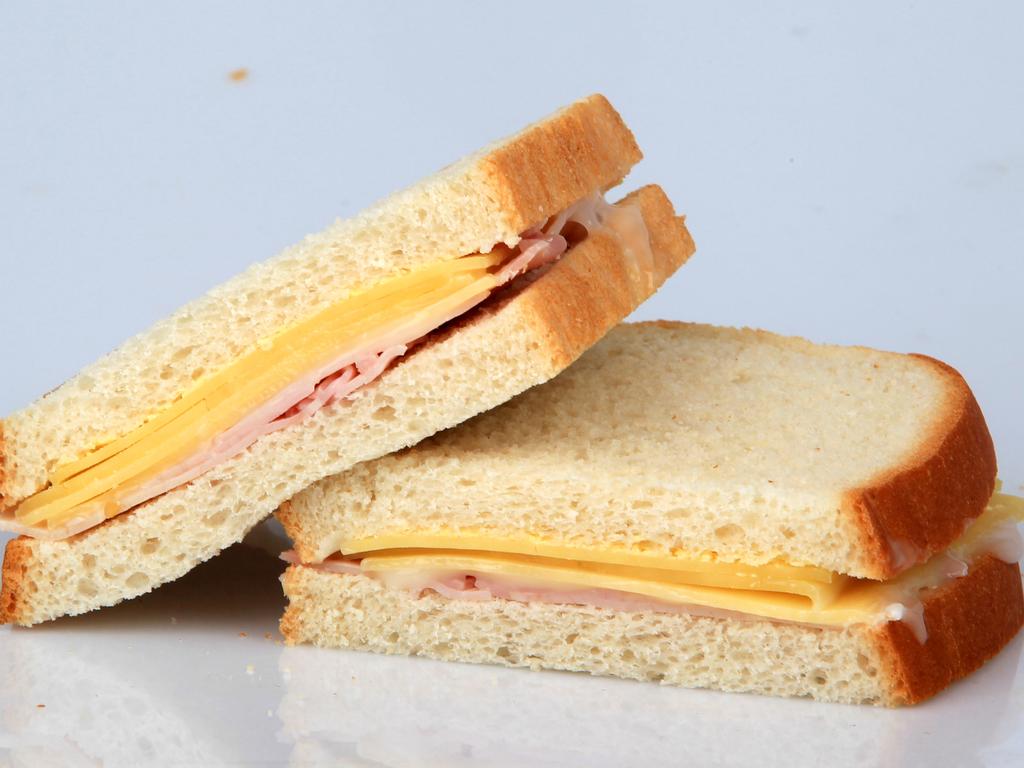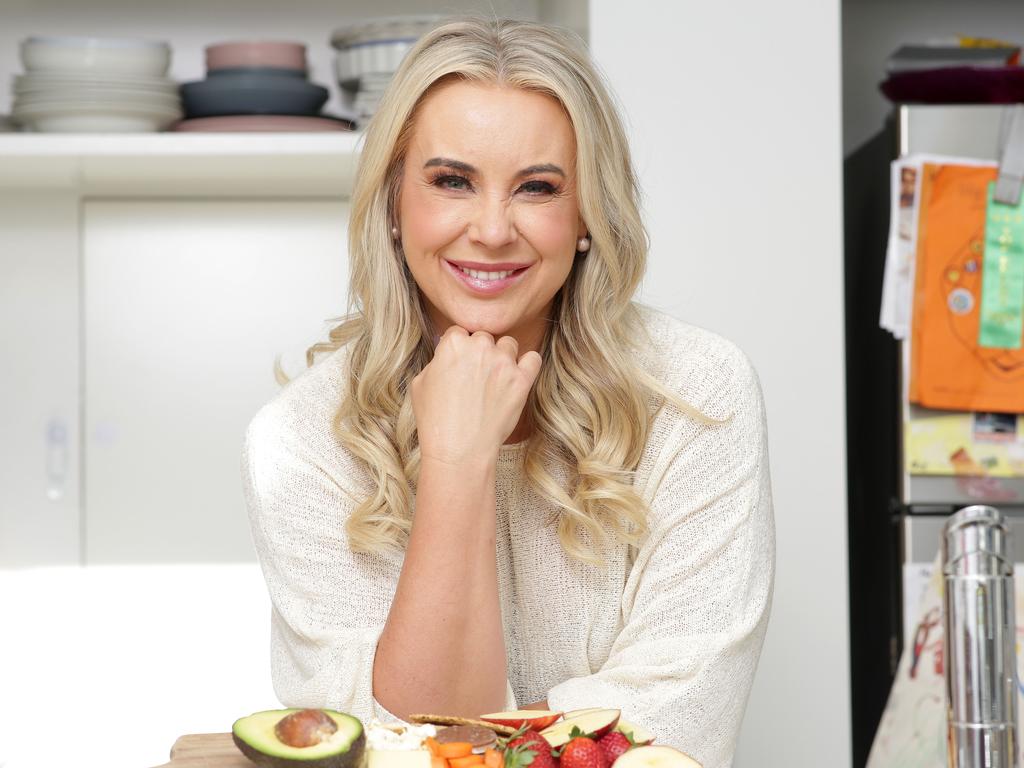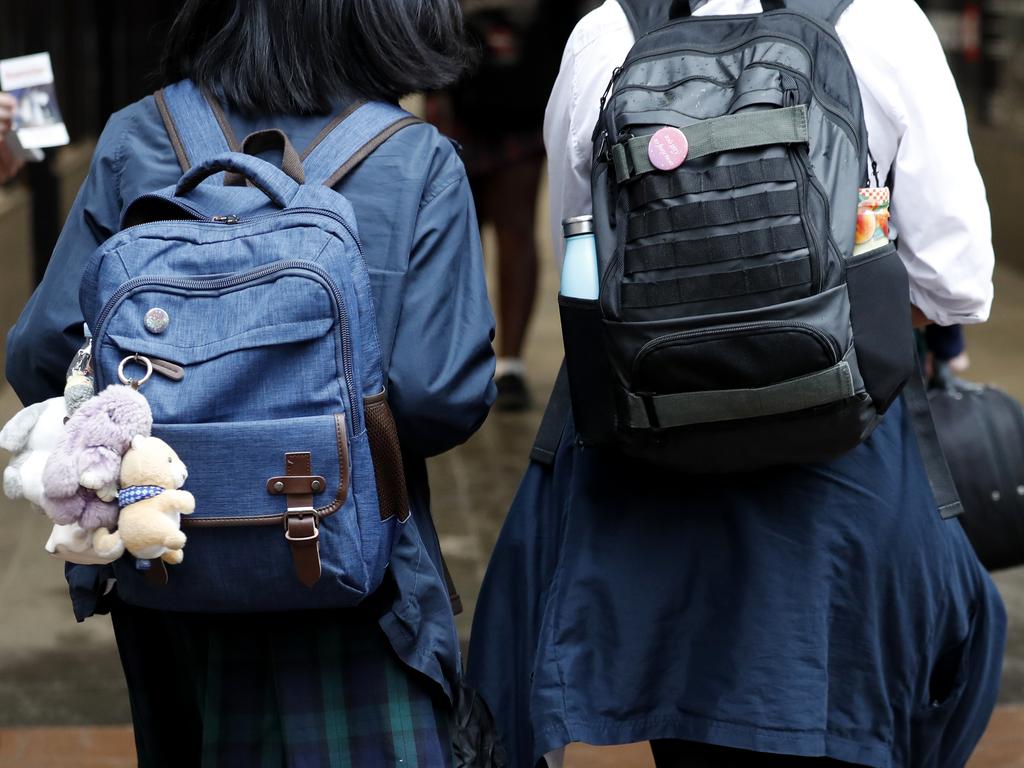Nutritionist explains difference between ham and fairy bread lunch box bans
A nutritionist has weighed in on the furore over two Aussie staples being banned from school lunch boxes – revealing they’re “very different”.
Once filled with processed treats and sugary snacks, two decades of health intervention has transformed the lunch boxes and tuckshop options of school students across Australia.
In a bid to combat the rising tide of childhood obesity, governments and health organisations identified schools as having a central role in promoting healthy behaviours, prompting an ever-growing list of food and drinks to be pulled from canteen menus, and ordered to be kept at home.
This week, two beloved Aussie snacks joined the fold – in Western Australia, a ban on ham at the canteen, and in South Australia, guidelines warning fairy bread should no longer be sold or sent along in lunch boxes. Unsurprisingly, both moves prompted a public outcry.
But the decisions, leading Australian dietitian and nutritionist, Susie Burrell, told news.com.au, couldn’t be more “different” – one being evidence-based, and the other a matter of “personal opinion”.


“If we’re talking about something like ham – there are issues with processed meat. Processed meat is associated with an increased risk of developing bowel cancer,” Ms Burrell said, of what she jokingly deemed “the great ham debate”.
“To me, nutritionally, that is a problem. We know there is an association [to cancer], and there are [World Health Organisation] recommendations to reduce processed meat in the diet. So I feel that’s a public health recommendation that should be implemented by state and national bodies, not [just by] individual schools who have an opinion on what should and shouldn’t be in a lunch box.
“The ham decision is a reasonable one and point for discussion, given we’re seeing more and more of this processed meat appearing in school snacks.”
Policing the nutritional value of something like fairy bread, however, is more “complicated”.
“If you in the lunch box have a muesli bar, it may have more sugar than a piece of wholemeal bread that’s got sprinkles on it,” Ms Burrell pointed out.
“Nutrition is intricate, and as such, making global bans on products is controversial, because it’s not always evidence-based and it tends to be more personal opinion about what should or shouldn’t be in [the lunch box] … making a whole lot of assumptions about kids’ nutrition, and eating behaviours, and putting a lot of what’s often Judgement onto things that perhaps you’re a little bit out of your jurisdiction on. Health isn’t defined by one food, or even one lunch box.”

The best food “rules” she’s seen implemented at schools, Ms Burrell said, are those regarding packaging – “because as soon as you remove packaging from food, you get rid of a lot of that ultra-processed stuff.”
“When you’re getting really intricate about sprinkles on bread being ‘worse’ than honey, I don’t think that the people making those rules have necessarily got the nutrition knowledge and training to be making those calls.”
The critical gaze of schools on lunch boxes has created a challenge for families – with parents increasingly reporting their kids’ meals being audited by teachers, sometimes sending them home with snacks deemed too “unhealthy” to eat.
Trying to provide “affordable, healthy, convenient, enjoyable foods that can comply with the school rules” can be “time consuming” and costly, Flinders University dietitian, Alexandra Manson, said.
“Some families are spending more for convenience choices, while others are struggling to afford lunch box foods with the rising cost of living,” she added.
“There’s more we can do to make sure the system is supporting all families. Ensuring tasty, healthy, affordable choices are readily available in and around schools would be a great start.”

Instances where primary school-aged children are “shamed for their lunch box”, Ms Burrell said, are “completely inappropriate” and can be “very damaging”.
“Discussions about nutrition and what is in a school lunch box is a parent-based discussion – it’s certainly not something [where] a teacher should be going through a lunch box and shaming a child. In most cases, the teacher won’t have that training – [it’s the] same as a dietitian won’t go and tell a teacher how to run a classroom,” she said.
“[Teachers] don’t know what’s going on at home; they don’t know what that child usually eats … Maybe [the parents] had nothing else that day. Maybe the kid was very upset about something, so maybe [that food] was a reward. You don’t know the background story of how that evolved.”

When it comes to teaching kids about nutrition, Ms Burrell said “it’s about having foods that are good for your body”.
“Rather than talking about things they shouldn’t be doing – you don’t focus on the bad food, you focus on the foods you want the children to be eating,” she said.
“So, we want children to eat more fresh food. We want them to eat more fresh fruit and vegetables. We want them to have brown bread, and protein for their muscles, and calcium for their bones.
“It’s about the positive health messages about the foods in their lunch box – not feeling bad because you had a sprinkle sandwich. There’s nothing positive that comes from that message, and you end up leaving a parent feeling guilty.
“It’s better to focus on the broader education message of food and nutrition and lunch boxes, which is about fuelling a growing body to do well at school. So, positive health messages around what’s in [the lunch box], rather than shaming an occasional sprinkle sandwich or chocolate bar that might go in there as a treat.”
– with NCA NewsWire






